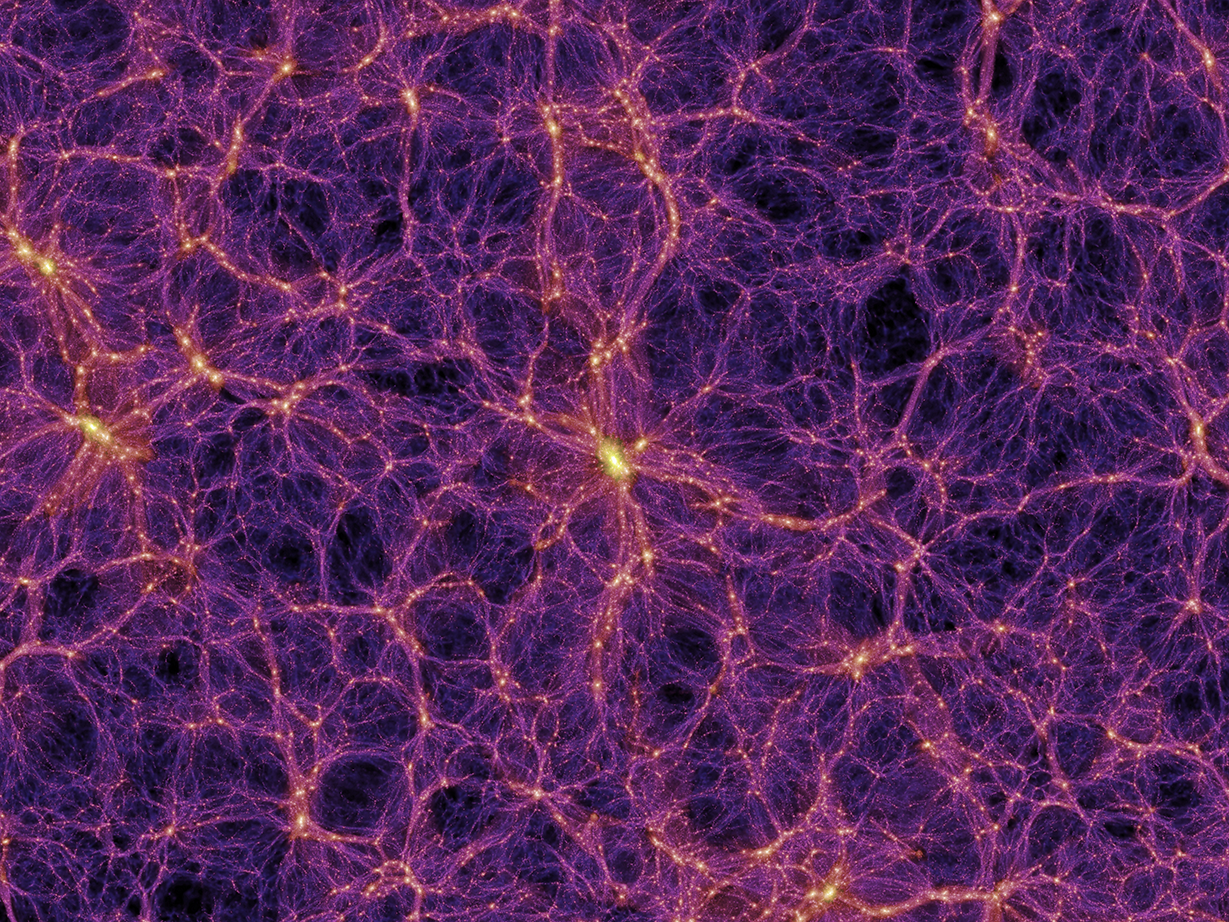Axion and Wave-like Dark Matter Detection
For decades now we have known that we are surrounded by an enormous amount of invisible matter, which contributes additional mass to galaxies but which does not experience electromagnetic interactions, and thus cannot be “seen” in the traditional sense
This matter outweighs the regular matter in the Universe by a factor of about five, but it interacts extremely weakly with regular matter as it passes through the Earth. A host of proposals exist to account for dark matter by introducing new particles. One of the most popular and well-motivated candidates is a theoretical particle known as the axion.
Axions are promising hypothetical dark matter candidates as they were proposed as part of a solution to the strong CP problem, an unrelated problem in particle physics, and are expected to have the required properties of dark matter in the formation of the early universe. If axions exist as dark matter we can “kill two birds with one stone”.
We perform numerous experiments to test the axion dark matter hypothesis, exploiting a range of theorized axion-standard model couplings. These projects include (but are not limited to):
1) Oscillating Resonant Group AxioN (ORGAN) experiment.
2) UPconversion Low-noise Oscillator Axion Detector (UPLOAD) experiment.
3) Experiments as part of the ADMX Collaboration, the world-leading group in axion dark matter detection, which we joined in January 2019.
4) Scalar dark matter searches, such as the hypothetical dilaton particle.

